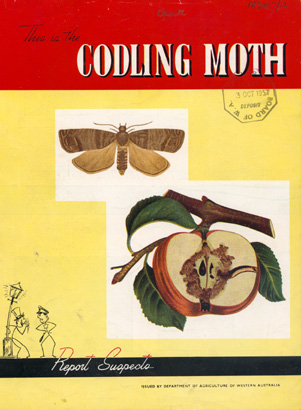|
Orchards continued
The Second World War proved a major disruption to the orchard industry, with government acquisition of apple and pear crops protecting the
export-oriented industry from collapse. This protection remained in place until 1951 when normal exports resumed.
The importation of nursery apple trees from the eastern states was banned in 1948 due to the threat of diseases, leading to an increased use of grafting and the
development of other nursery techniques. During the 1950s the industry was marked by increased use of irrigation, as well as the introduction of improved insecticides,
fungicides and spraying equipment. In the post-war period orchard numbers declined due to the attractiveness of other forms of farming.
The traditional market for Western Australian apple exports remained Great Britain. However, since the United Kingdom joined the European Union in the 1970s, both
production and exports of apples have declined. In the past twenty years orchard farmers have removed apple trees and turned to other forms of farming. In 1999 a
total of 6,139 hectares of land were dedicated to orchard fruit, about the same area in use as in 1910.
|








